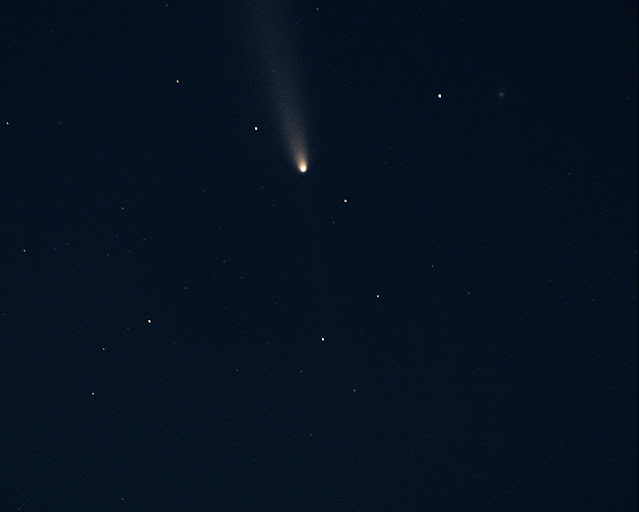I recently thought of something that could be a fun introductory exercise, encapsulated in the following scenario:
After learning in her ATM 101 class that many of the large-scale flows in the atmosphere are set in motion by temperature differences, a student wonders whether that means there is a wind that constantly blows from Earth's daytime to nighttime side.
Let's suppose we're at the equator, ignoring Coriolis effects, and ignore differences in terrain and surface type. For simplicity, let's take an extreme and approximate the "wind" that
should be produced between the hottest and coldest places along the
equator (on land), assuming that these places are exactly antipodal. Maybe the
warm place is in late afternoon and the cold place is in the early
pre-dawn morning.
Given we're at low latitudes, let's invoke the weak temperature gradient approximation for the tropics, which asserts that temperatures are horizontally uniform in the free troposphere due to large Rossby radii of deformation, enabling rapid homogenization of the thermal field by gravity waves.
A 700 mb height of 3150 m seems pretty reasonable for the equator. Let's say both places have that exact 700 mb geopotential height and a 700 mb temperature of 280K, but the sultry afternoon locale has a surface temperature of 313K while the cold morning locale has a surface temperature of 292K.
Invoking the hypsometric equation, and ignoring moisture, the implied surface pressure (at 0 m) of the hot location is around 1006 mb, while the cold location the implied surface pressure is around 1020 mb. Let's assume the density of air to be not significantly different, at 1.225 kg/m3. As the locations are antipodal, let's say that as the equatorial radius of Earth is about 6,378 km, the locations are separated by 20,000 km, or half of Earth's circumference. Then, the pressure gradient is about 0.0007 Pa/m, which gives an acceleration of around 0.00006 m/s2.
This acceleration, on the order of 10-5 m/s2, is incredibly tiny, considering that synoptic horizontal flows tend to be on the order of 10 m/s, and even a very mild synoptic-scale pressure gradient of 100 Pa over 1000 km produces a greater pressure gradient force. One can imagine that local differences in heating and terrain are more influential to local winds, and the solar terminator moves far too fast (around 450 m/s) to really allow this sunlit-to-unlit wind to foment without perturbation.
The case may be different outside of Earth. For example, on Venus, which rotates once every 243 Earth days, there is a fast westerly Venusian wind aloft that transports heat from the dayside to the nightside.






